Sexual assault in the hook-up era
Listen-
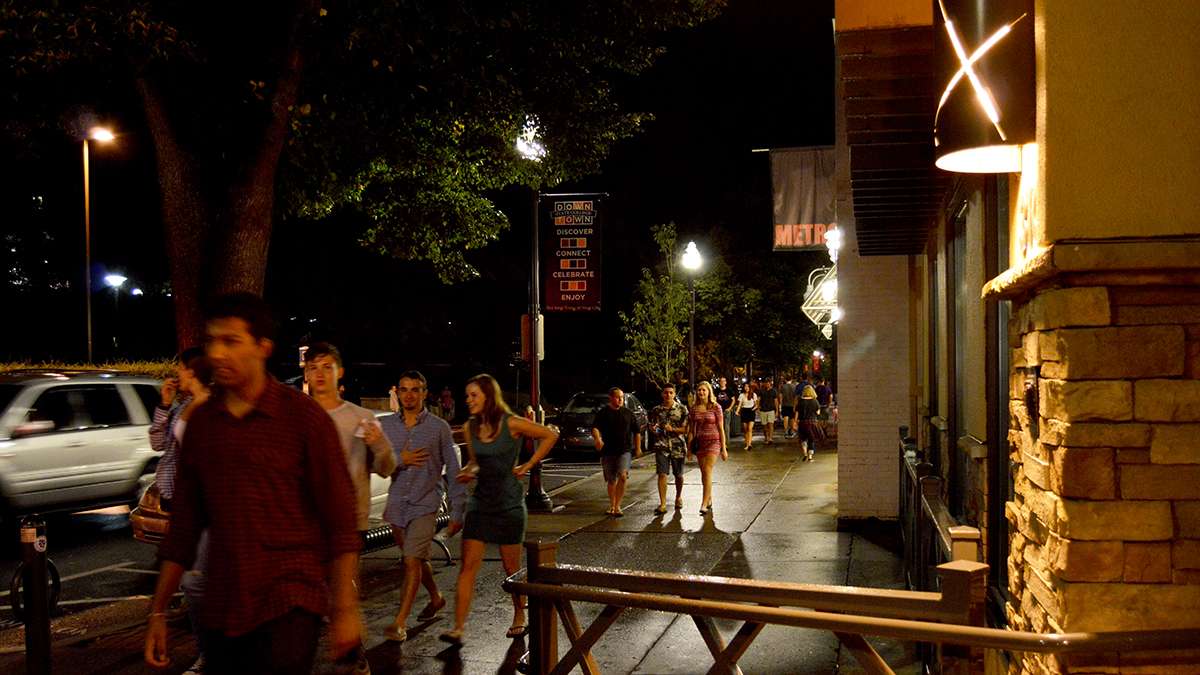
State College is a quintessential university town. During the school year, Penn State students double the borough's population. (Kate Lao Shaffner/WPSU)
-
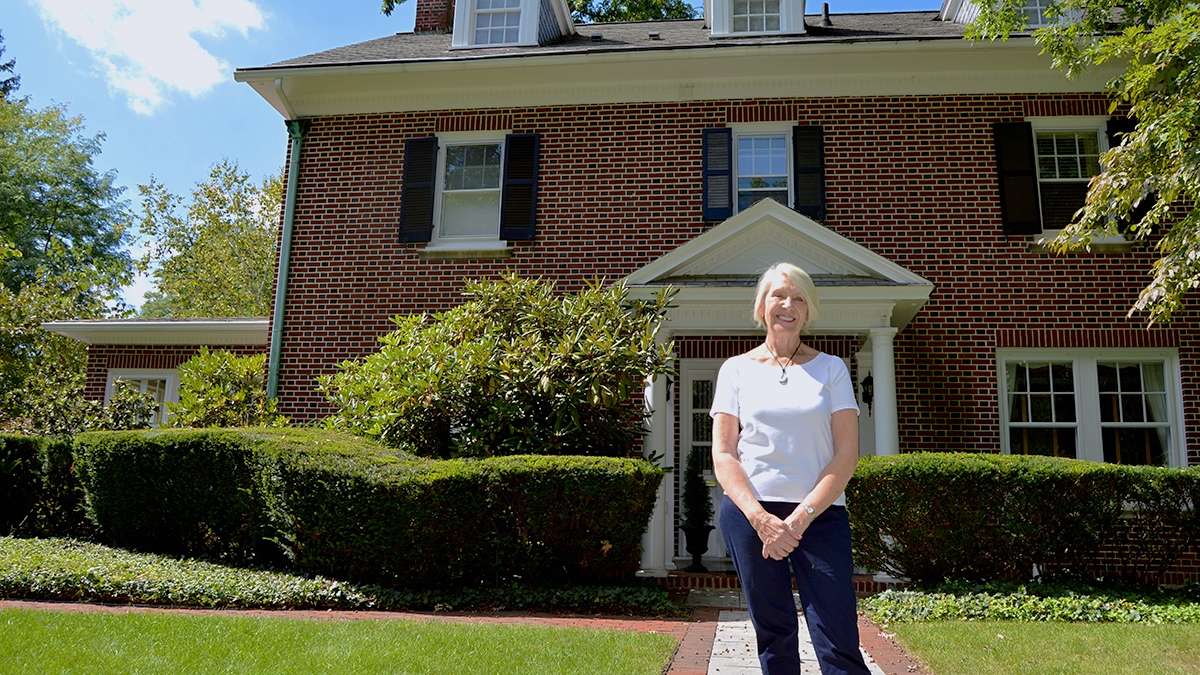
-

-
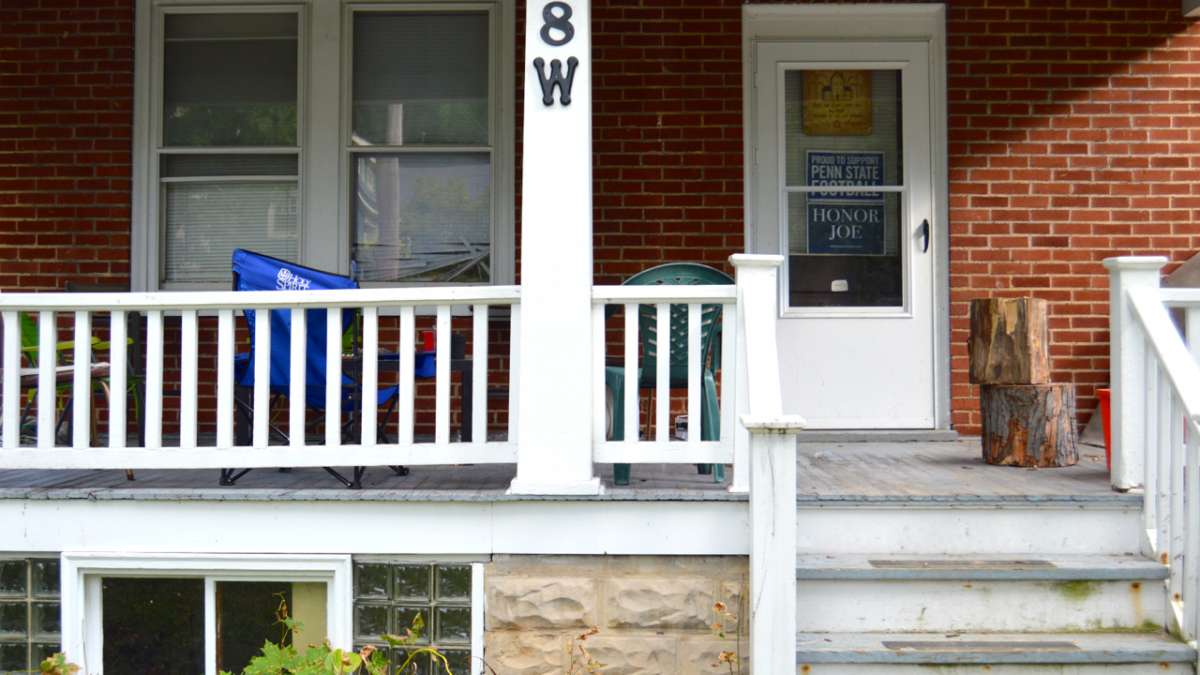
-
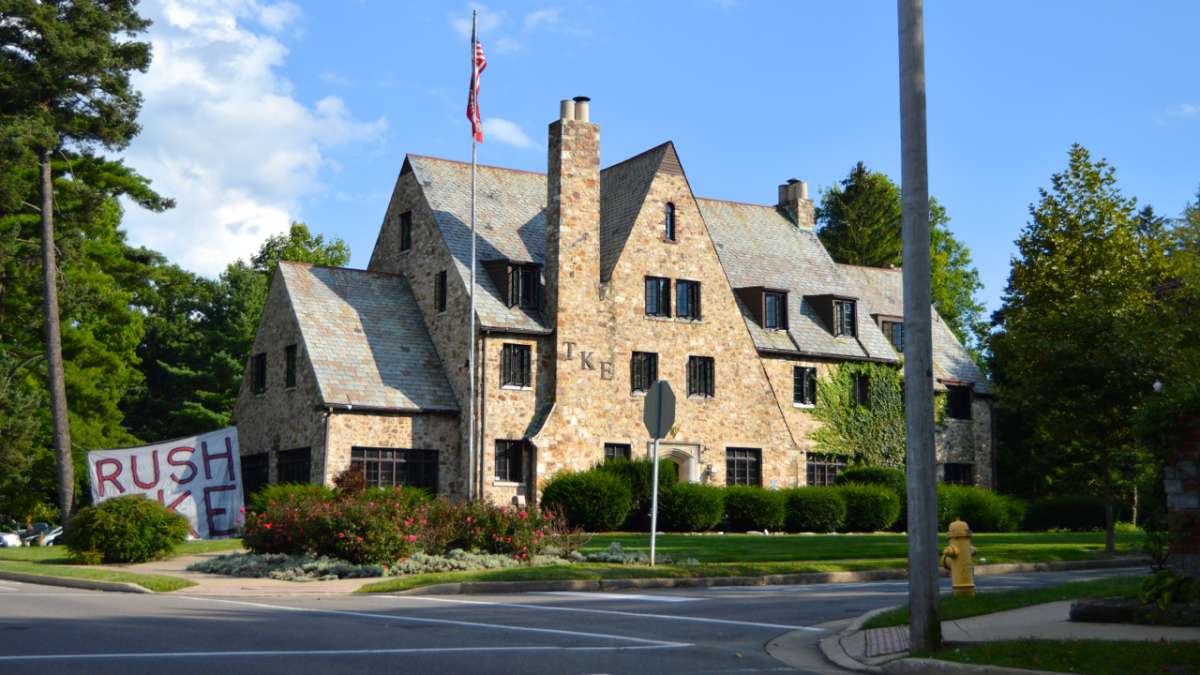
-

-

-
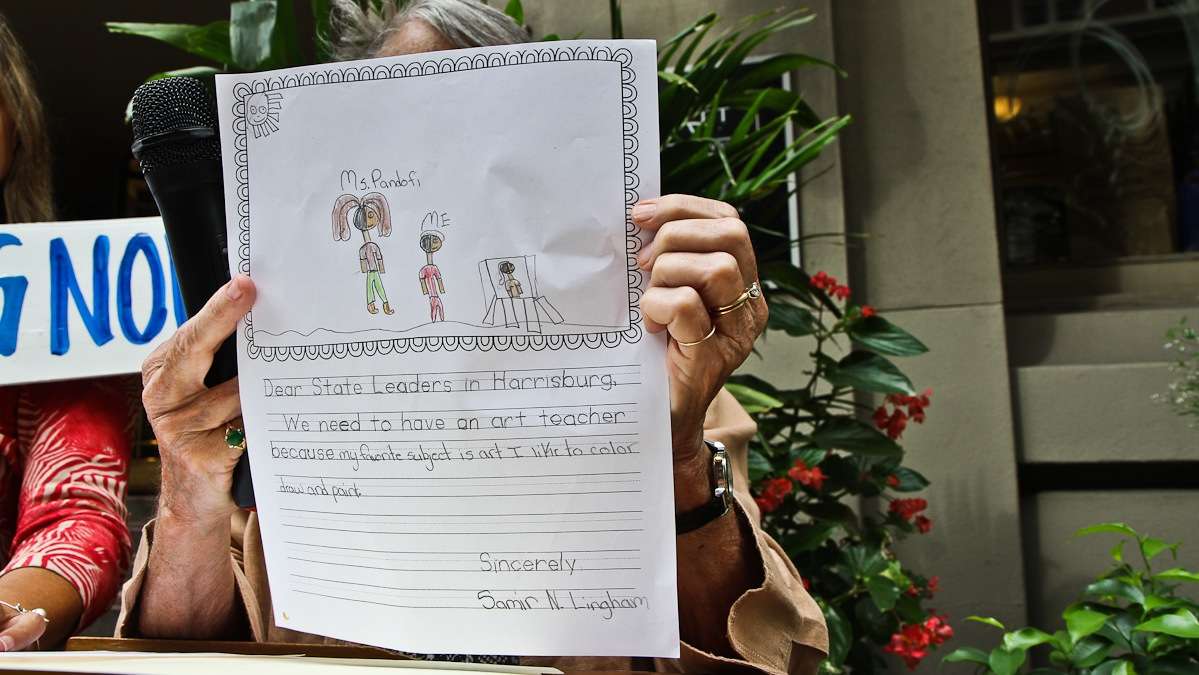
-
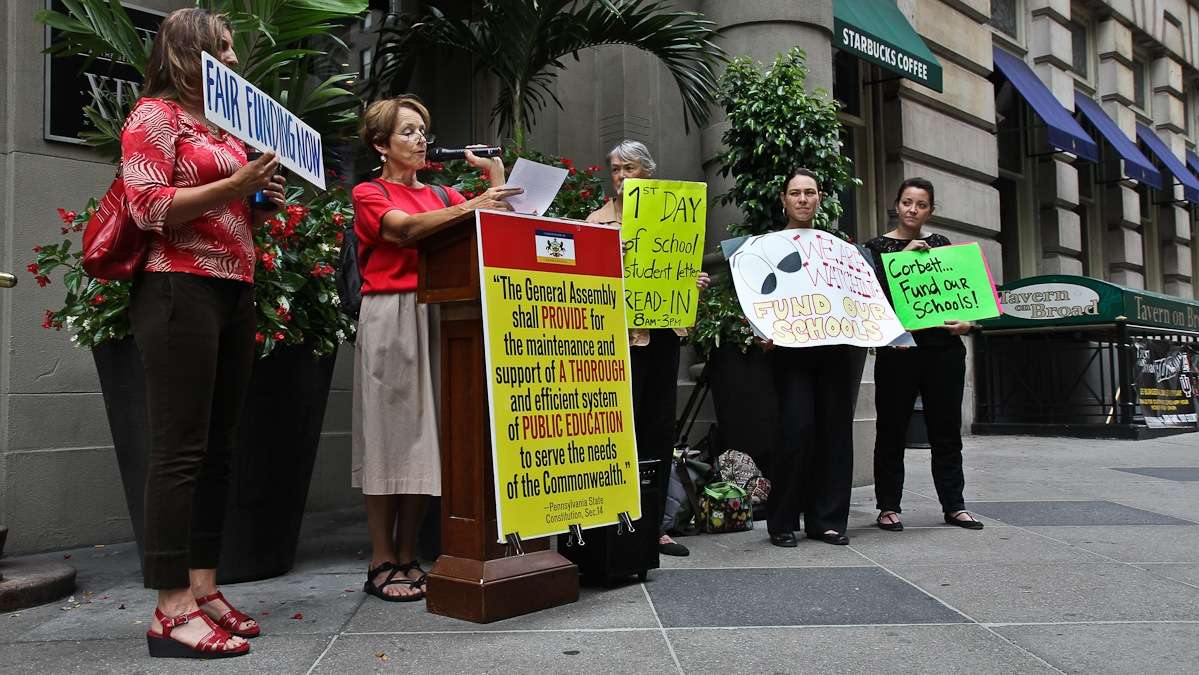
-
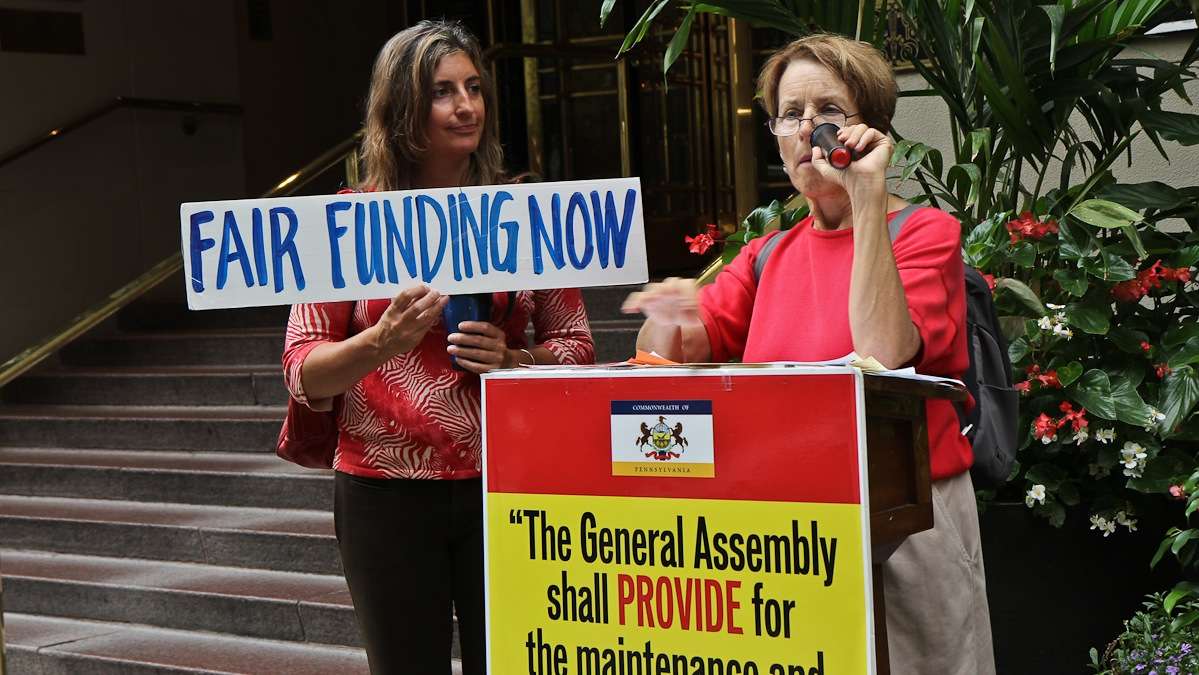
-
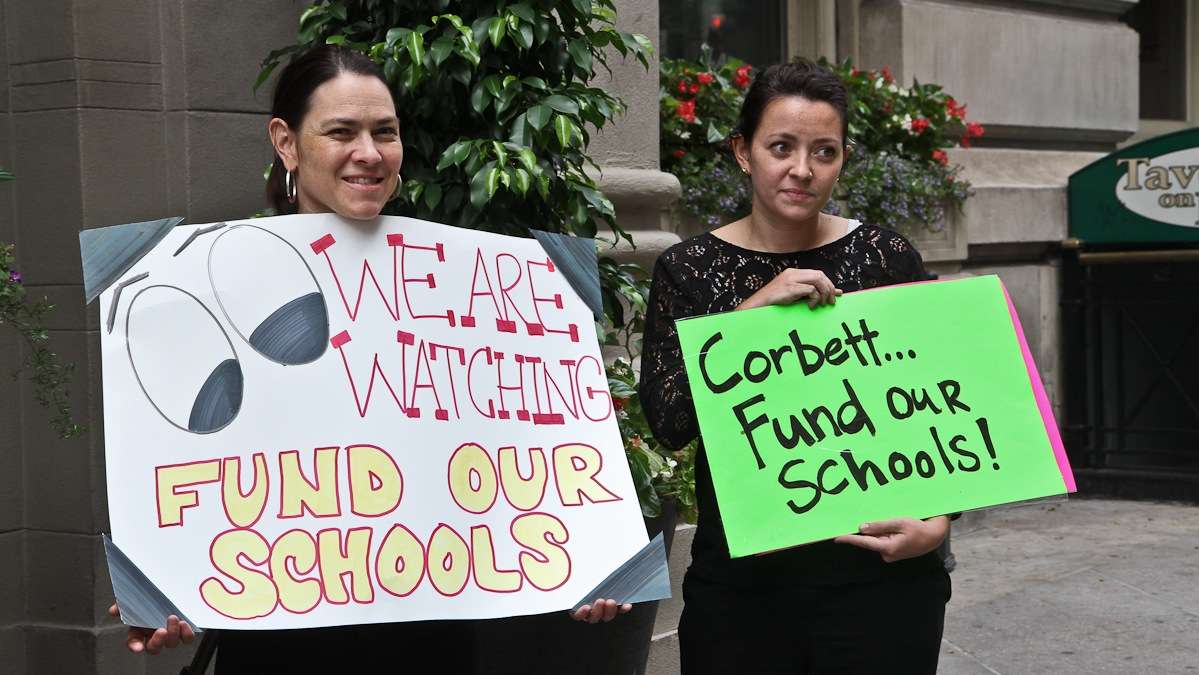
When I was a college newspaper editor, in the early 1980s, I ran a series of stories about a student who had been sexually abused at a fraternity house. She was trapped in a “naked man’s meeting,” as her tormentors called it, where they masturbated in front of her and refused to let her leave the room.
I was appalled by their behavior, of course. But I was also shocked by the angry letters and phone calls I received, defending the perpetrators and denouncing the victim. She was “that kind of girl,” I was told. She was a slut, a nympho, a whore. She “wanted it.” She deserved it.
I’ve been thinking about this episode as I follow the ongoing controversy at Swarthmore College, where several students filed complaints last year with the U.S. Department of Education alleging that the college did not properly investigate rape allegations against them. Then one of the accusers claimed that the college retaliated against her by firing her from her resident assistant position for refusing the divulge the name of another student who was allegedly raped.
And last spring, the Department of Education announced that it was investigating 55 colleges and universities — including Swarthmore, Franklin and Marshall, Penn State, Temple, and Princeton — for possible mishandling of sexual assault and harassment cases. The list was published two days after a special White House panel released a report on the problem, which President Obama has called “deeply troubling.”
He’s right. Across the country, between one-fifth and one-fourth of female students are the targets of a completed or attempted sexual assault during their college careers. So it’s easy to assume that nothing has changed since my own college days, or that things have gotten even worse.
That’s not quite correct, either. Whereas the abuse that I reported was ignored by other news outlets, sexual-assault controversies like the one at Swarthmore now make national headlines. Over 90 percent of colleges and universities sponsor awareness-raising activities on sexual assault. It’s impossible to imagine anyone openly defending the despicable acts that I described three decades ago.
True, a few pieces of graffiti at Swarthmore seemed to mock or question the students who filed complaints against the college. But the graffiti also generated overwhelming condemnation across campus, further illustrating the contemporary consensus against sexual violence.
Indeed, rising student awareness is probably one reason the sexual assault numbers have remained high. The more you understand sexual assault, the more likely you are to tell somebody about it. In that sense, the colleges are victims of their own success.
But there’s more. We’ve entered a new sexual landscape, which allows our female students much more independence than their predecessors had. That brings a fresh set of challenges that didn’t exist in earlier eras, when only so-called “bad girls” had sex.
In the 1920s, for example, surveys of college men showed that about one-third of them had engaged in sexual intercourse. But most of them did so with a prostitute or a “charity girl,” a working-class woman who traded sex for a night on the town. Men distinguished these “pickups” from “dates,” the college women who escorted them to dances and other social events—and who were expected to remain chaste until marriage.
The double standard endured into the 1950s, when men began to press college “coeds”—not just working-class girlfriends—for sex. “The boy demonstrated his desirability by demanding more and more erotic satisfaction,” anthropologist Margaret Mead wryly observed, “while the girl demonstrated her sureness of her own popularity by refusing his request.”
Sometimes, though, he went ahead even when she refused. A 1957 study found that one-fifth of college women were victims of forceful attempted intercourse, and that 6 percent of their dates had used “menacing threats or coercive infliction of physical pain” to obtain sex.
Men also began to discriminate between “bad” college girls and “good” ones. Into the 1960s and 1970s, female students still had to walk a delicate tightrope: keeping chaste could alienate your date, but having sex might harm your “reputation” — and your marital possibilities.
Today, women have much greater freedom to define and experience their sexuality. As a college professor and the father of two female undergraduates, I’m grateful for that.
But they face new dilemmas, too. We’ve gone from a time when only bad girls did it to one where everyone does it, or is expected to. Actually, 40 percent of female college seniors report that they are virgins or have only had intercourse once. But students now feel a new pressure to have sex, and lots of it.
There’s also a feeling that so-called “hookups” should be devoid of feeling, at least of the emotional or romantic kind. Add copious amounts of alcohol, and you’ve got a formula for misery — and, too often, for coercion. If you don’t really connect with your partner, you won’t know what they want. And you might end up doing something that they don’t want.
So we need to provide our students with a new model of sex itself, one based not on impersonal hookups but on human intimacy. It’s not enough to say that no means no. What are we saying yes to, and why?
That brings me back to the abused student at my own college, who was slandered simply for being in the wrong place at the wrong time. That’s much less likely to happen today, and that’s a good thing. But now that students have more choice, we need a much more explicit discussion about how and when they exert it. For no to really mean no, our students will have to know much more about each other. And about themselves.
—
Jonathan Zimmerman is a professor of history and education at New York University. He is the author of “Too Hot to Handle: A Global History of Sex Education,” which will be published next year by Princeton University Press.
WHYY is your source for fact-based, in-depth journalism and information. As a nonprofit organization, we rely on financial support from readers like you. Please give today.

